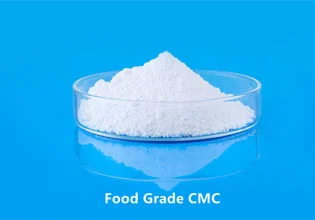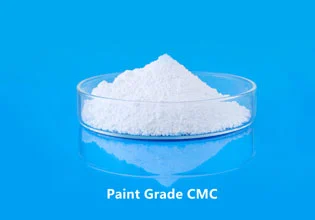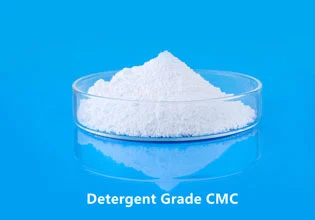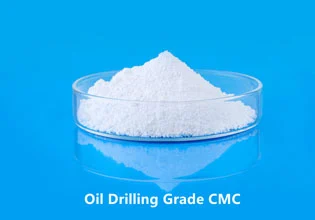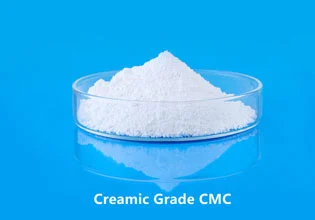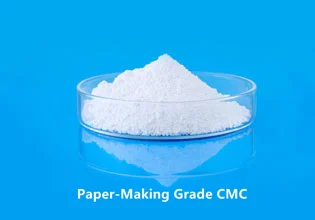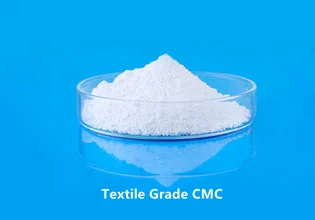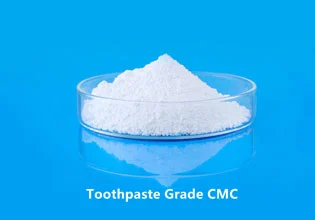The use of carboxymethyl cellulose (CMC) depends on the industry and the specific product it is being used in. However, some general guidelines for using CMC are as follows:
1. Determine the appropriate concentration of CMC:
The amount of CMC needed for a particular application will depend on the desired thickness, viscosity, and other properties of the product. Consult the product instructions or a professional to determine the appropriate concentration.
2. Dissolve the CMC in water:
CMC is water-soluble, and it should be added to water slowly while stirring to ensure that it dissolves completely. The amount of water used will depend on the desired concentration and the application.
3. Mix CMC solution with other ingredients:
Once the CMC is fully dissolved in water, it can be mixed with other ingredients, such as emulsifiers, thickeners, or stabilizers, depending on the desired properties of the product.
4. Adjust the pH and temperature:
CMC is stable over a wide pH range and at different temperatures, but the pH and temperature may need to be adjusted to achieve the desired properties. Consult the product instructions or a professional for guidance.
5. Mix thoroughly:
Once the CMC has been added to the product, it should be mixed thoroughly to ensure that the CMC is evenly distributed and that the desired properties are achieved.
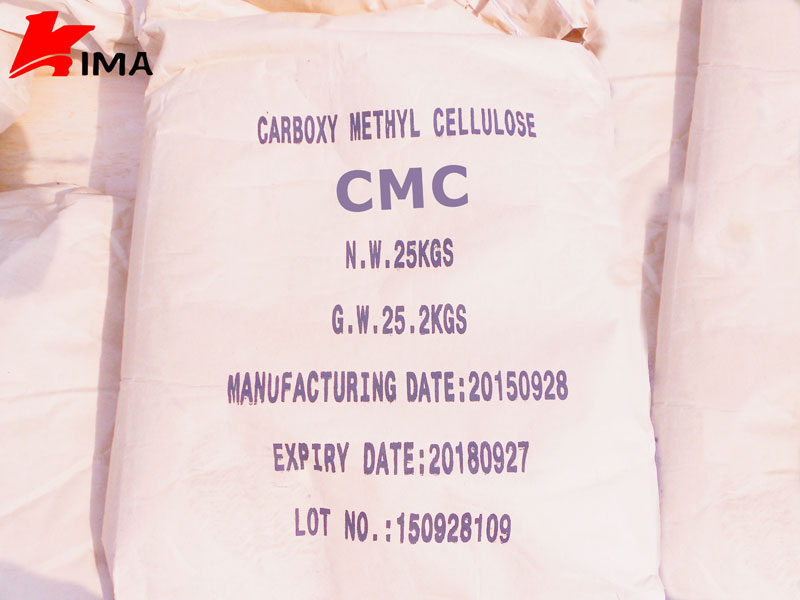
 English
English 日本語
日本語 français
français Deutsch
Deutsch Español
Español italiano
italiano русский
русский português
português العربية
العربية Türkçe
Türkçe Nederland
Nederland

